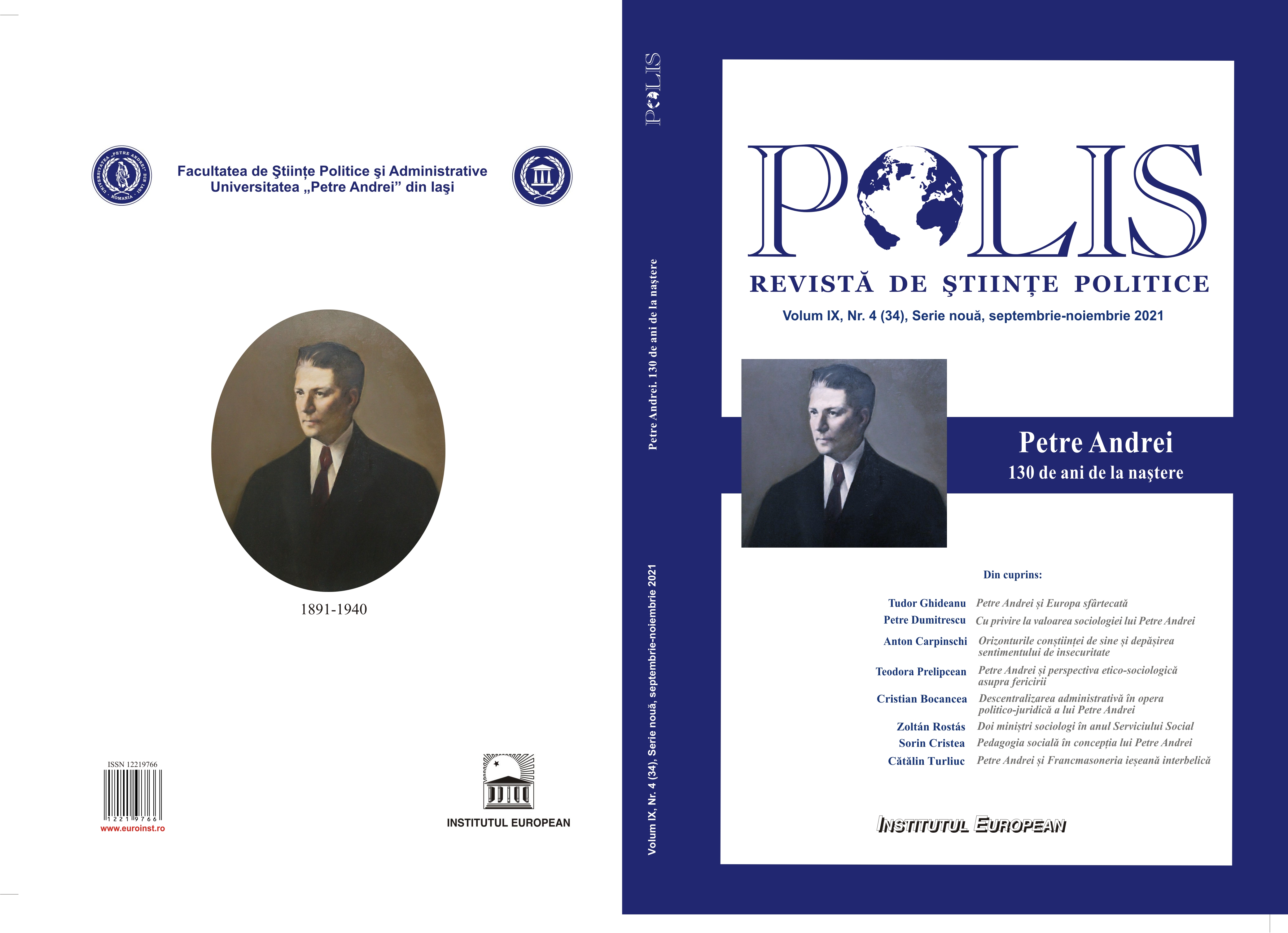
EU Funds Absorption: Case of Romania
Article studies the absorption of European funds in Romania for the two post-accession periods: 2007-2014 and 2014-2020 and highlight the situation in Romania regarding the amount and evolution of European funds received (in relation to its contribution to the EU budget), the structure of these funds, the evolution of the absorption during the two intervals by program type and Romanian areas of development as well as difficulties encountered and the solutions adopted to overcome them. The analysis is based on primary statistical data provided by the Romanian Government and the European Commission, as well as studies and reports on national particularities and problems of absorption of European fund in Romania. In addition, a qualitative analysis of legislative and institutional framework aims to point out weakness and causes that hindered the absorption of funds. Paper highlights the increase of funds absorption in the current financial framework compared to the previous and emphasizes weaknesses in the Romanian institutional framework. The fact that many of the difficulties manifested in the first stage after adhesion were counter through appropriate solutions, enable better management of funds, which places Romania to the EU average in terms of rate of absorption. These solutions concern the improvement of administrative capacity (information, transparency, implementation, relationship with beneficiaries)
More...


